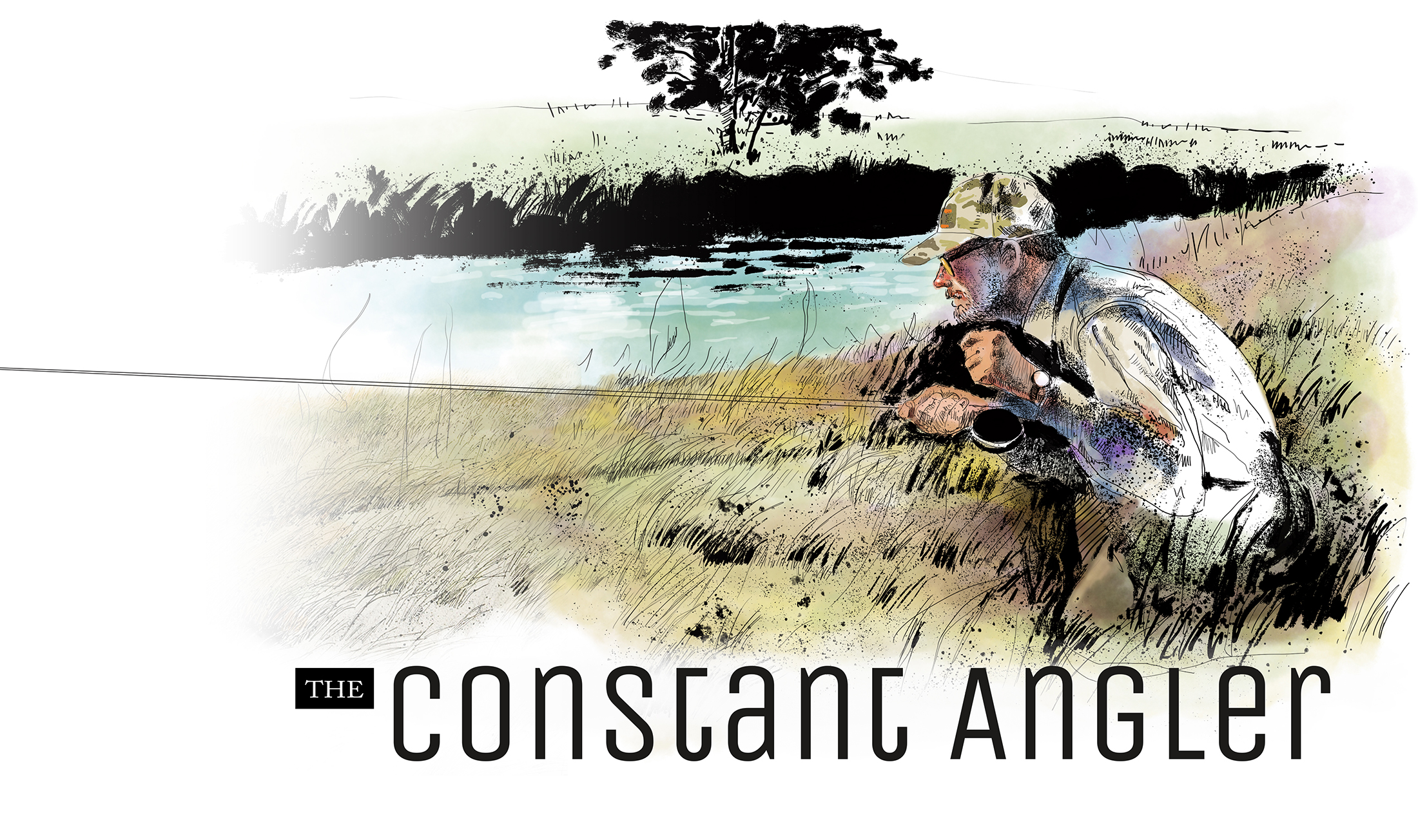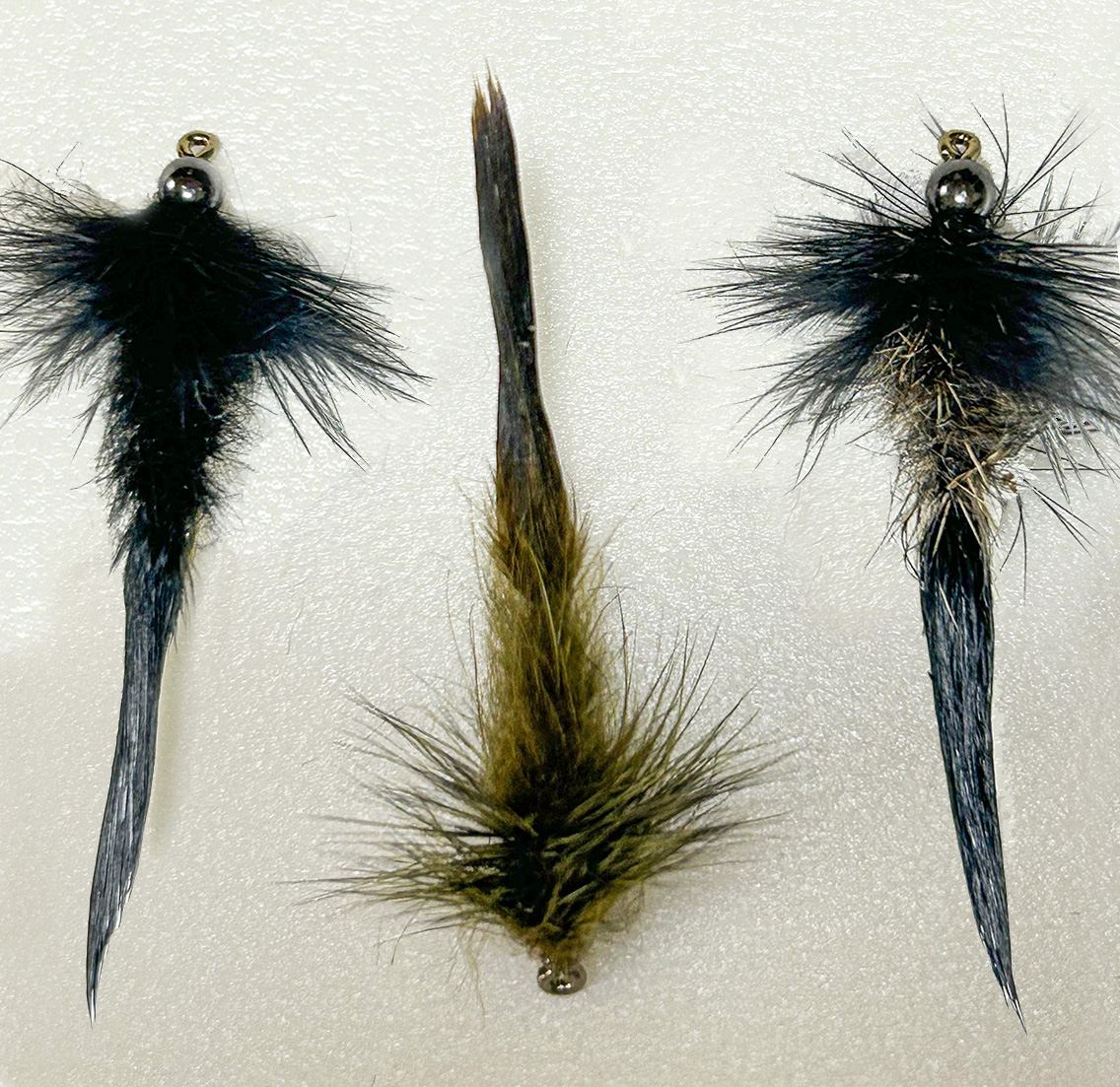The first two posts discussed the simple leech and the creation of another favorite large morsel, the crayfish. This post will briefly discuss the ability to create one more important food item by simply relocating the one material that made the leech a crayfish.
The third pattern of this series, a favorite of the larger fish in the stream, is the sculpin… or, as I like to call it, the “Big Mac” of the trouts’ menu. I had often noticed the occasional sculpin while wading streams but their abundance became obvious while watching a fish-shocking crew go through a shallow, riffled section of water. One that I always assumed, based on my fishing, consisted of largely an insect-based food supply. The number of sculpins that appeared from the electric probe of water was nothing shy of amazing.
Most sculpins I see tend to run of a darker mottled color. Think black, brown, and tans. Their bellies being lighter shades of cream. Most of the time I tend to use black as my base color, with sometimes brown, tan, and olive-brown mixed in. My belief being that shape and presentation is more important than exact color.
I build the sculpin as if I was creating another leech. Being that I want this pattern on and near the bottom, I usually add a bead and then wrap the shank with several wraps of .025 lead. Add the tail of marabou and do a shaggy dubbed body three quarters up the shank. I then tie in one, sometimes two, hackles. If the stem of the hackle feather is thin enough at the base I like to keep the softer shaft fibers in place. Doing this will help build the appearance of the pectoral fins. Once the hackle/hackles are secured, I dub the rest of the shank up to just short of the hook eye, palmer the hackle/hackles forward and finish up the fly. The more wraps of hackle you can put in, the more dominant the pectoral fins and head become.
When fishing sculpins I tend to look for sections of stream that have a bottom of rock and gravel. I try to keep my fly on or close to the bottom as much as possible. I will cast it upstream and try to bounce it off the bottom on a tight line during the downstream drift, imitating the natural movement of a sculpin. I will let it sit for a moment, on bottom, at the edge of a current seam and then give occasional small twitches, hoping to create a small puff of sentiment as it stops. I also have success swinging it across riffles, especially under darker skies. Change colors, presentations, be patient. The eats are worth it.
So there you have them. Three frequent menu items to select from. All tied with three basic fly tying materials. Perhaps you’ve noticed the same three materials required to tie a standard woolly bugger. A pattern that has never quit working. Someday, as I grow older, I may do just that.
Carry on.


Leave a Reply